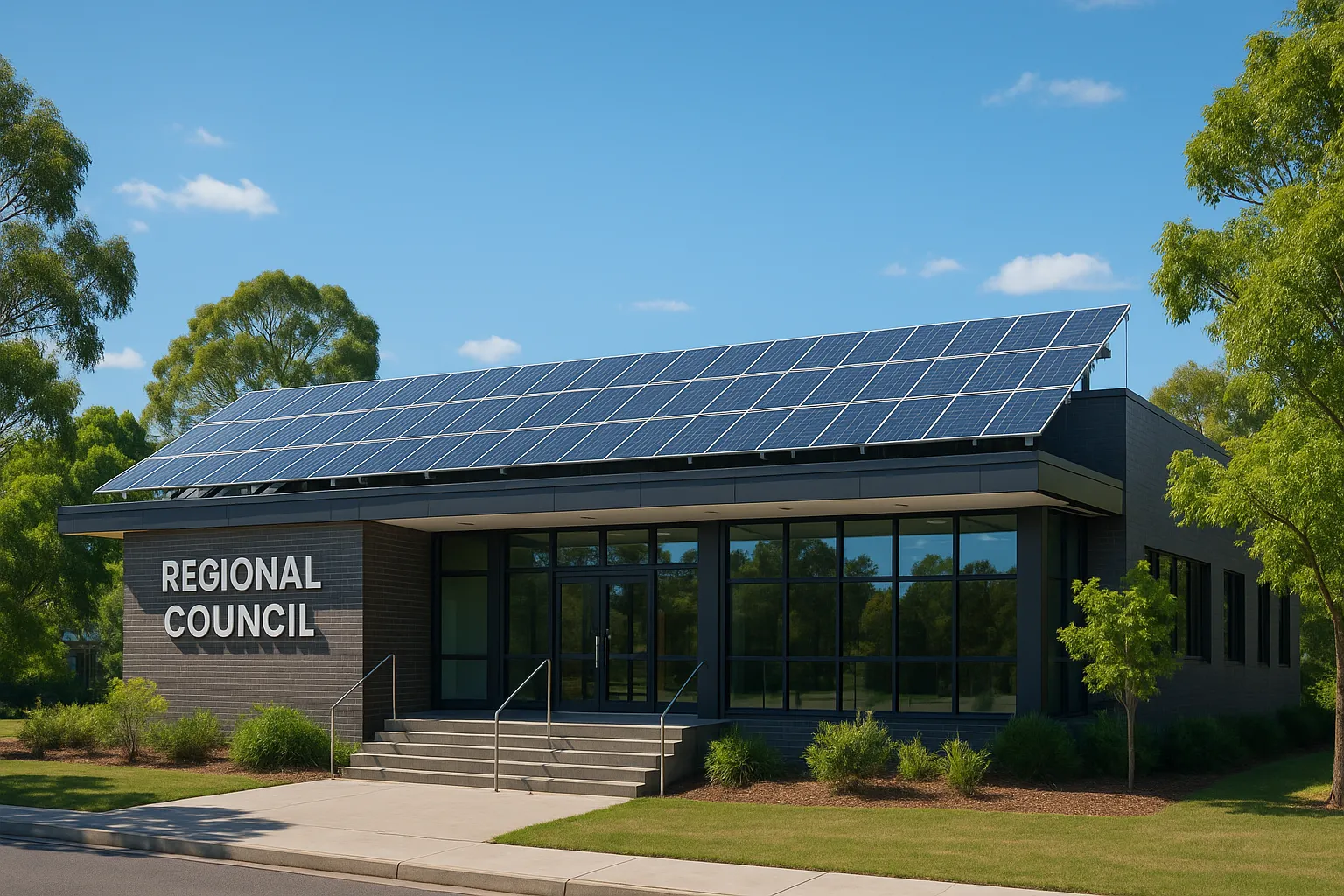A ground-breaking energy project is taking shape in the heart of regional New South Wales, and it could help reshape how we think about powering our homes, offices and public buildings. In a forward-thinking collaboration, UNSW Sydney has teamed up with the Trailblazer for Clean Energy and Recycling (TRaCE) and Dubbo Regional Council to trial a next-generation hybrid energy management system (EMS) in one of Dubbo’s council buildings.
So, why is this such a big deal? Because it’s about bringing smarter energy tech—usually the domain of big cities and cutting-edge labs—straight to regional Australia. And with buildings chewing through 40% of the world’s energy and spitting out a third of global greenhouse gas emissions, this kind of innovation can’t come soon enough.
What’s a Hybrid EMS, and Why Should We Care?
Think of a hybrid EMS as the control room of a spaceship—but instead of monitoring life support and thrusters, it’s keeping tabs on solar panels, batteries, electric vehicle chargers, and the power grid. It's all about juggling these different energy sources to make sure power is being used in the smartest, greenest, and most cost-effective way possible.
Developed by UNSW experts including Professor Deo Prasad, Associate Professor Lan Ding, and Dr Huadong Mo, this system taps into predictive analytics and smart automation. In plain terms? It watches how energy is being used and generated in real time and makes on-the-fly decisions to optimise everything. It might decide to store surplus solar energy during the day, then switch to battery power at night to dodge pricey grid rates.
The beauty of this system is its versatility. It works with renewable sources like solar and wind, traditional power from the grid, and even backups like diesel generators. Add in battery storage, and you've got a tightly choreographed dance of energy flows—all steered by this intelligent EMS.
A Win for the Bush and the Planet
For regional areas like Dubbo, the benefits are twofold. First, there's the practical side: better energy efficiency, fewer blackouts, and lower electricity bills. Then there’s the bigger picture—supporting Australia’s push towards net-zero emissions.
"By combining our expertise at UNSW with the commitment of Dubbo Regional Council and the support of TRaCE, we are developing a solution that will not only enhance energy efficiency but also pave the way for sustainable energy management in buildings across Australia," said Professor Prasad.
The project also highlights the importance of collaboration. TRaCE, backed by government funding, is supplying crucial financial support and project expertise. Their “Lab to Market” approach means they’re helping researchers not just develop great ideas—but get them out into the real world.
Scaling Up the Solution
What makes this trial exciting is that it’s designed to be scalable. That means if it works in Dubbo, it could be rolled out across all sorts of buildings—homes, offices, public facilities, and beyond. It’s about building a smarter energy future, one building at a time.
Backing from the Australian Government also plays a key role. Through the Trailblazer Universities Program, $370.3 million is being pumped into cutting-edge university-led projects like this one. UNSW is one of six universities each receiving $50 million, with additional funding from industry partners and support from the CSIRO. That funding is helping equip these universities with the tools and connections needed to bring their innovations to life.
Why This Matters Now
As more Australians install rooftop solar, buy electric vehicles, and seek ways to slash their power bills, systems like hybrid EMS are going to become part of everyday life. They’re not just for big commercial buildings anymore—they’re key to creating resilient, energy-independent homes and communities.
In a world where energy prices are climbing and the climate crisis looms, it’s solutions like these that offer a path forward. Dubbo’s pilot could be the beginning of a nation-wide shift, showing how clever tech, backed by smart partnerships, can help Australia power ahead to a cleaner future.
Source: Transforming energy management to drive net-zero buildings

